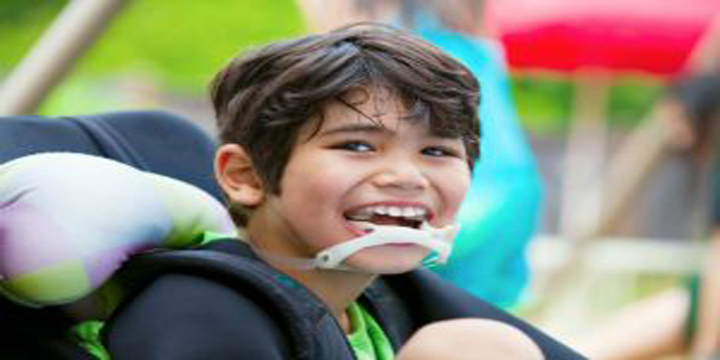According to a survey, 3 out of every 1000 live births in India are diagnosed with cerebral palsy. This figure may actually be higher than this as India is a developing country. Around 15-20% of the total physically challenged children suffer from cerebral palsy in India.
What is cerebral palsy?
The cerebrum is the part of the brain that is responsible for motor function; i.e, the ability to perform complex muscle-and-nerve acts that produce movement. Cerebral palsy causes impairment of normal reflexes and hampers movement by affecting the elasticity of muscles. This may be the result of any damage caused to the undeveloped brain before birth.
Palsy refers to paralysis, in this case, paralysis of voluntary movement.
Symptoms:
Those born with cerebral palsy may have difficulty in walking or moving steadily, swallowing, maintaining a steady posture and reduced eye muscle balance. The effects of cerebral palsy vary considerably. Some may have standard or near standard intellectual capacity, whereas, some of them may have learning difficulties.
Treatment:
Although there is no cure for cerebral palsy, physiotherapy treatment for cerebral palsy can sometimes help increase muscle elasticity. Muscle elasticity of the less functioning muscles can be increased with the help of orthotics and muscle strengthening exercises. It is advisable to consult a physiotherapist to help with the condition.
Physiotherapy treatment for cerebral palsy includes:
- Neck control
- Balance and gait training
- Deformity prevention
- Spasticity correction
- Bracing for postural correction
- Strengthening and stretching exercises
- Achievement of ADL and functional activities
- Delayed milestone correction
If you need further help or advice, give us a call. TriBeCa Care is happy to be by your side. Request a callback or Call us at + 913366064208.
Email us at enquiry@newwpsite.tribecacare.com
Reference:
http://www.mayoclinic.org/diseases-conditions/cerebral-palsy/home/ovc-20236549
https://www.cerebralpalsyguide.com/cerebral-palsy/
https://www.ncbi.nlm.nih.gov/pmc/articles/PMC3764881/
http://www.webmd.com/children/tc/cerebral-palsy-treatment-overview#1
https://www.cerebralpalsy.org.au/what-is-cerebral-palsy/interventions/

